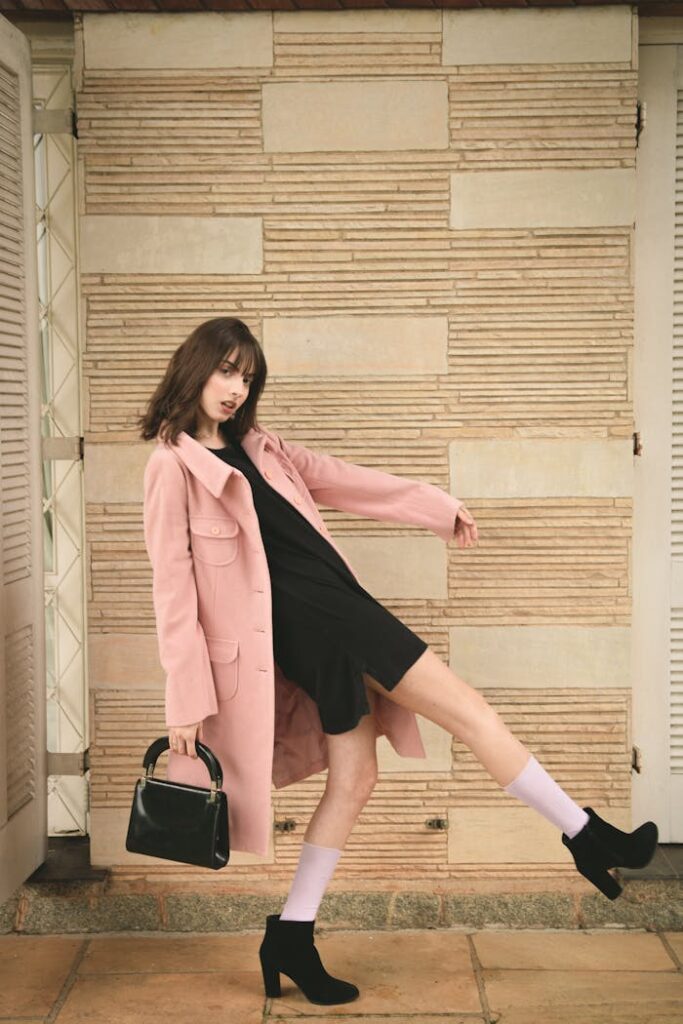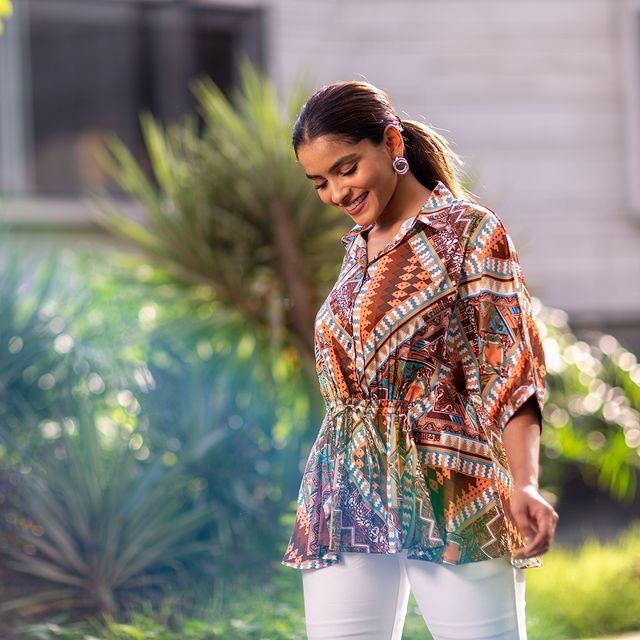In an age where climate change and environmental conservation are at the forefront of public discourse, the fashion industry is undergoing a significant transformation. The concept of eco-friendly fashion—also known as green fashion or sustainable fashion—has taken center stage, pushing designers and retailers to rethink their production processes and materials. This shift is not just about changing trends; it’s about a profound commitment to the planet and future generations.
In this article, we’ll delve into the world of eco-friendly fashion, examining what it is, why it matters, and the latest sustainable fashion trends. Whether you’re a fashion enthusiast or simply someone who cares about the environment, understanding the impact of your clothing choices is crucial.
What Is Eco-Friendly Fashion?
Eco-friendly fashion refers to clothing and accessories that are designed, produced, and distributed in ways that minimize harm to the environment. This can include the use of organic materials, energy-efficient manufacturing, ethical labor practices, and creating high-quality products that last longer. By focusing on sustainability, the fashion industry aims to reduce its carbon footprint and promote a more ethical approach to fashion.
The Materials Matter
At the heart of eco-friendly fashion lies the choice of materials. Sustainable materials are typically organic, recycled, or upcycled, meaning they are less harmful to the planet. Organic cotton, hemp, bamboo, and lyocell are just a few examples of materials that require less water and pesticides to grow, making them more environmentally friendly than conventional fabrics.
Ethical Production and Fair Labor
Green fashion also encompasses fair labor practices and ethical production methods. It’s not just about the environment—it’s about the people behind the clothes. Brands that are serious about sustainability ensure that their workers are paid fair wages and work in safe conditions.
Why Does Eco-Friendly Fashion Matter?
The traditional fashion industry is one of the largest polluters in the world. It’s responsible for a significant amount of waste, water pollution, and carbon emissions. As awareness of these issues grows, consumers are starting to demand more from brands. They want to know that the clothes they wear do not contribute to the degradation of the planet.
The Environmental Impact
The environmental impact of the fashion industry is vast. From the overuse of water in cotton production to the pollution caused by dyeing processes, traditional fashion practices have long-term consequences for the planet. Eco-friendly fashion seeks to address these issues by implementing more sustainable practices across the board.
The Social Impact
The rise of fast fashion has also brought to light the social implications of our clothing choices. Many garments are produced in developing countries where workers are often underpaid and work in dangerous conditions. By choosing eco-friendly fashion, consumers can support brands that prioritize the welfare of their workers and contribute to a fairer industry.
Sustainable Fashion Trends
Sustainable fashion isn’t just about basic, earth-toned garments. Today’s green fashion is as diverse and stylish as conventional fashion, with a variety of trends that cater to all tastes.
Minimalism and Timelessness
One of the key trends in sustainable fashion is the shift towards minimalism and timeless design. The idea is to create garments that are versatile, classic, and can be worn for years, rather than just one season. This “less is more” approach encourages consumers to buy less and choose well.
Upcycling and Vintage
Upcycling—turning waste materials or products into new, higher quality items—is another significant trend. Many designers are now using pre-existing fabrics and materials to create new pieces. Additionally, vintage fashion has seen a resurgence as consumers look for unique, pre-loved items that don’t require new resources to produce.
Technology and Innovation
Advancements in technology are also paving the way for new sustainable fashion trends. From 3D-printed accessories made from recycled plastics to lab-grown leather, innovative materials and production methods are becoming more common, offering exciting possibilities for the future of green fashion.
How You Can Support Eco-Friendly Fashion
Supporting eco-friendly fashion doesn’t mean you have to overhaul your entire wardrobe overnight. It’s about making more conscious choices when you shop and taking care of the clothes you already own.
Choose Sustainable Brands
Do your research and support brands that are committed to sustainable practices. Look for certifications like Fair Trade, GOTS (Global Organic Textile Standard), and OEKO-TEX, which indicate a brand’s commitment to environmental and social standards.
Care for Your Clothes
The way you care for your clothes can also have an environmental impact. Washing clothes less frequently, using cold water, and air drying can all help to reduce your carbon footprint and extend the life of your garments.
Recycle and Donate
Instead of throwing away clothes that you no longer wear, consider recycling or donating them. Many organizations and retailers offer recycling programs, and donated clothes can find a new life with someone who needs them.
The Future of Fashion
The rise of eco-friendly fashion is reshaping the industry and showing that style and sustainability can go hand in hand. As consumers continue to advocate for green fashion, we can expect to see more brands adopting sustainable practices and creating products that are kinder to the planet.
Conclusion
Eco-friendly fashion is more than a passing trend; it’s a movement towards a more responsible and conscious way of living. By choosing sustainable fashion, we can help protect the environment, support ethical labor practices, and inspire others to do the same. The future of fashion is green, and it starts with the choices we make today.







